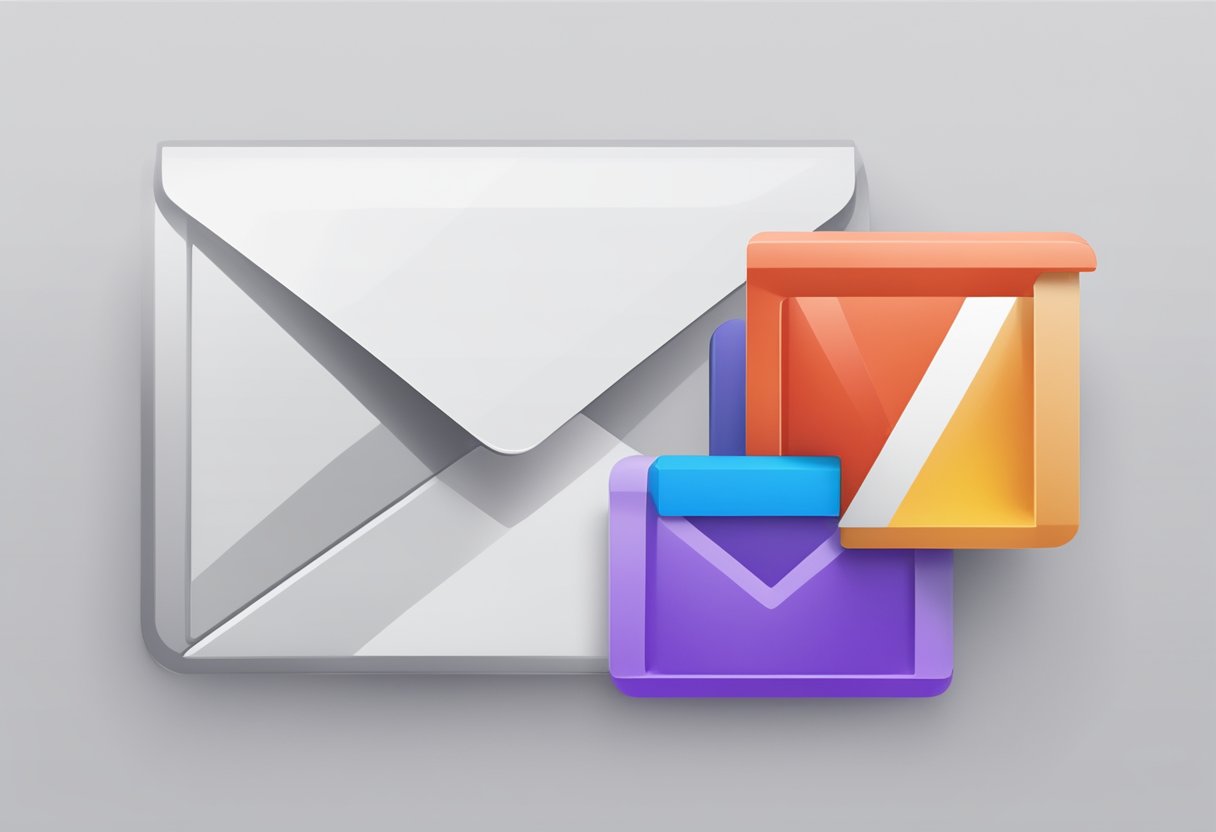What’s Changing with Gmail & Yahoo Mail?

Did you know Gmail and Yahoo Mail have made some big changes? From February 2024, your website email deliverability may have changed. Let’s break it down in simpler terms:
Why It Matters:
Picture this: Your website user sends you a contact form question but it’s not reached your inbox. That’s what these changes are about. Gmail and Yahoo Mail are changing how they handle websites using personal emails. If your website sends a lot of emails from a personal account and seem like spam, they might not get through anymore.
What’s Happening:
Both Gmail and Yahoo Mail have set up some stricter email rules. They want emails to be more legitimate and less spammy. So, if your website is sending too many transactional emails from a personal account (example: [email protected]), they might block you or send emails straight to the spam folder!
What to Do:
To make sure your emails keep getting through, it’s recommended you set up a professional email address that matches your domain name (example: [email protected]). Using a personal email address to send website emails is now highly discouraged. Using a professional email address, paired with a transactional email service provider (Such as Brevo) will fix your deliverability issue going forward.
Related Posts:
- New Gmail protections for a safer, less spammy inbox
- Prepare for Gmail and Yahoo’s new requirements for email senders
Frequently Asked Questions:
1. How have Gmail’s sender requirements evolved recently?
– Gmail has introduced new guidelines for individuals or organisations sending a large volume of emails. These guidelines are aimed at ensuring the authenticity and relevance of emails reaching users’ inboxes. They include measures such as enhanced authentication, simplified unsubscribe procedures, vigilant spam management, and avoidance of spam filters.
2. What does the DMARC policy mean for Gmail and Yahoo Mail users?
– The DMARC policy, or Domain-based Message Authentication, Reporting, and Conformance, is a security protocol implemented by Gmail and Yahoo Mail. It verifies the authenticity of emails by checking the domain from which they originate. This helps safeguard users against phishing attempts and unauthorised email usage.
3. Can you explain the latest changes to Google’s email policies?
– Google has updated its policies regarding bulk email senders to enhance the safety and integrity of Gmail. These changes encompass stricter authentication processes, simplified options for unsubscribing, proactive management of spam rates, and adherence to anti-spam measures. Compliance with these policies is crucial for ensuring the smooth delivery of emails to recipients.
4. What updates have been made to the Yahoo Mail service this year?
– Yahoo Mail has implemented a series of enhancements to optimise email delivery, foster user trust, and mitigate spam-related issues. These updates are designed to improve the overall email experience for Yahoo Mail users, ensuring that important communications reach their intended recipients efficiently.
5. How do the new changes affect my Gmail inbox organisation?
– While the recent modifications to Gmail’s sender requirements won’t directly alter the structure of your inbox, they may impact the handling and categorisation of bulk emails. Users may notice adjustments in the delivery and presentation of certain types of emails as a result.
Related Posts:
- Google and Yahoo have changed their policy, here’s what you need to know and what to do
- New Gmail protections for a safer, less spammy inbox
- An Overview of Bulk Sender Changes at Yahoo/Gmail | Amazon Web Services


